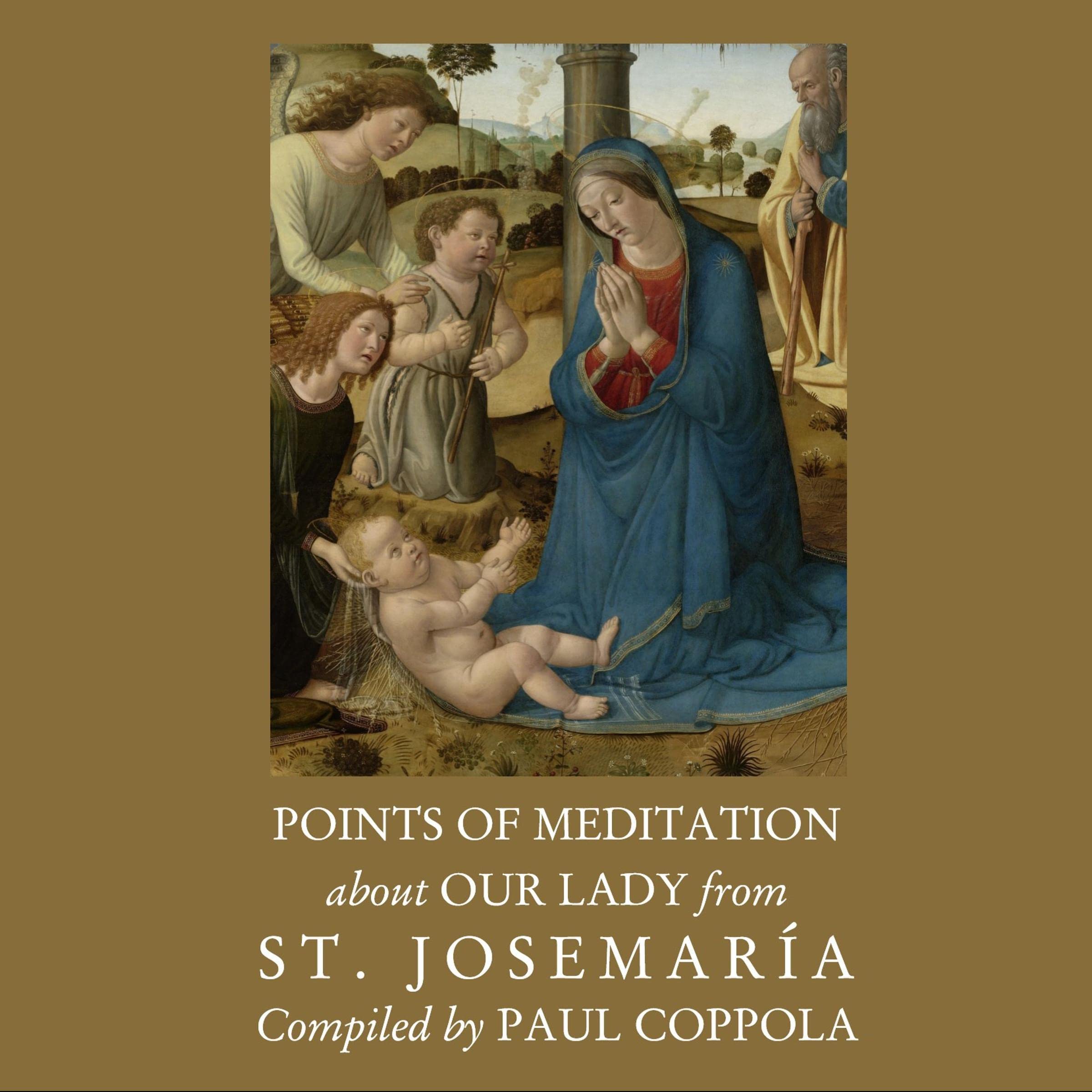What do you think?
Rate this book


Audible Audio
Published May 12, 2022
In 1946 he took up residence in Rome. There he obtained a doctorate in theology from the Lateran University and was named consultor to two Vatican Congregations, as well as honorary member of the Pontifical Academy of Theology, and prelate of honor to His Holiness. He followed closely the preparations for the Second Vatican Council and its various sessions (1962-1965), keeping in touch with many of the council fathers. From Rome he frequently went to different countries in Europe, including Britain and Ireland, to spur on the apostolic work of Opus Dei. It was with the same objective that, between 1970 and 1975, he made long trips to Mexico, Spain, Portugal, South America, and Guatemala, holding catechetical gatherings which large numbers of men and women attended.
He died in Rome on June 26, 1975. Thousands of people, including many bishops (a third of all the bishops in the world), requested that the Holy See open his cause of beatification and canonization.
On May 17, 1992, Pope John Paul II beatified Josemaría Escrivá. He proclaimed him a saint ten years later, on October 6, 2002, in St. Peter’s Square, in Rome, before a great multitude. In his homily on that occasion, the Pope said: “Following in his footsteps, spread in society the awareness that we are called to holiness, without distinction of race, class, culture or age."